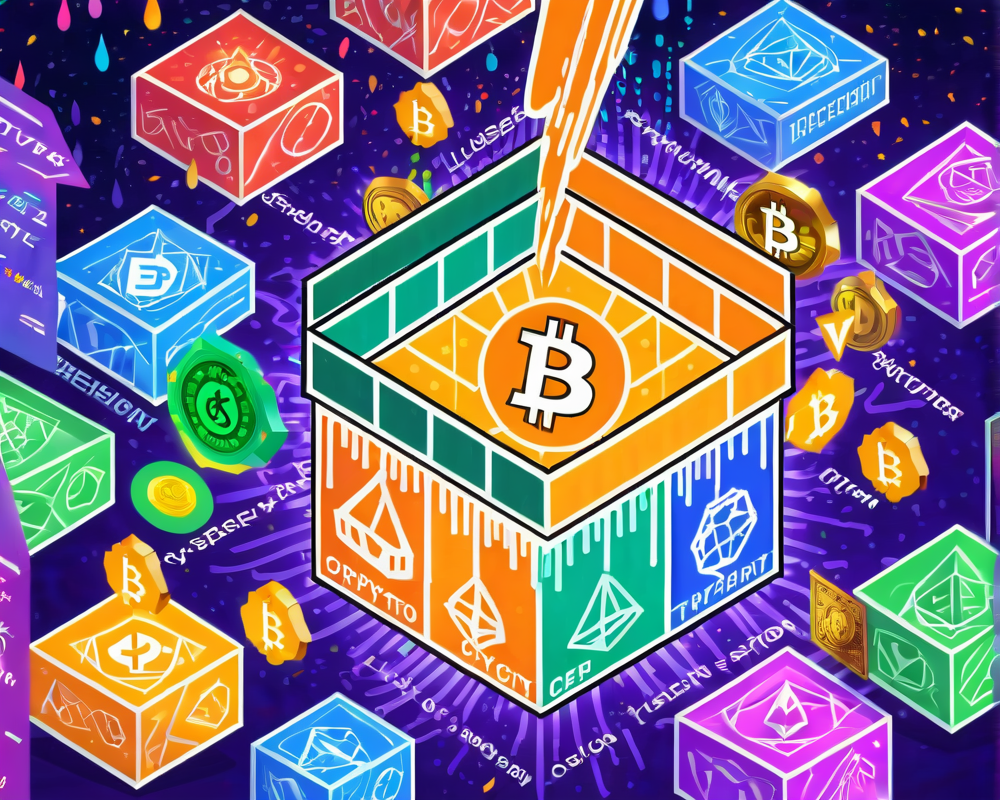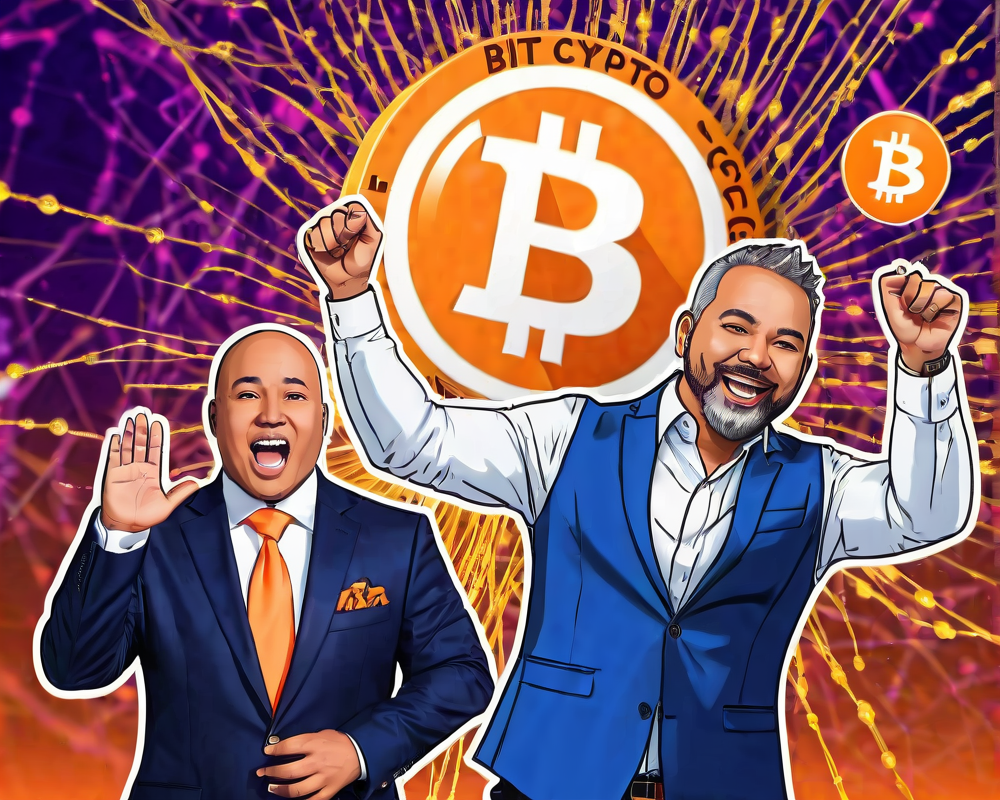The Misrepresentation of Decentralization
Decentralization has been hailed as a game-changer in the digital realm, but let’s dive into the harsh reality: many projects flaunt the term like a promotional banner while remaining more centralized than a high school lunch table with the popular crowd. Whether it’s a DAO or a ‘validator,’ the facade can be as misleading as a used car salesman’s smile.
Real-World Examples: When Decentralization Goes Awry
Consider Uniswap, which was recently scrutinized for its governance model. With 40% of UNI tokens residing with teams and investors, it’s fair to ask: who’s really in charge here? And if it’s Binance calling the shots, it’s hard to argue that true decentralization is at play. This echoes the troubled tale of the Steem blockchain, which faced a hostile takeover, highlighting a critical point: when ‘decentralized’ feels more like ‘dominated,’ caution lights should be flashing.
Lessons from History: Trusting the Wrong Platforms
Reflecting on events in Egypt a decade ago, it’s clear that misplaced trust in so-called decentralized networks can be damaging. Pro-democracy protesters relied on social media platforms, only to find themselves enmeshed in censorship. Their movement was crushed as central authorities manipulated the very tools meant to empower them. This wasn’t just a tech fail; it was a betrayal of the hope for freedom.
What Decentralization Should Look Like
So, what does a true decentralized model entail? For starters, we need to get serious about governance. The current grants systems often favor established players — think of it as nepotism in a hipster beanie. Let’s swap out grant programs for contests that democratize funding distribution. Everyone should have a fair shot to win the ‘Best Idea’ award, not just the best-connected.
Building Truly Decentralized Networks
Scaling decentralization requires real effort. If a network collapses under the weight of participation, it’s as good as a folding chair at a dance competition. We need robust, scalable solutions that handle high transaction throughput while empowering each individual to retain their voting rights during staking. Decentralized governance could flourish if those in charge saw the value in creating a vibrant ecosystem of sub-governance groups where individuals can thrive.
Conclusion: The Future of Decentralization
We’ve got a long way to go, but envisioning a world free from central control isn’t a pipe dream — it’s a necessary evolution. For decentralization to truly take root, we need innovative solutions and a commitment to transparency, fairness, and scalability. And who knows, maybe one day, even regions like Egypt will experience the true power of decentralized models beyond the constraints of their current realities.




